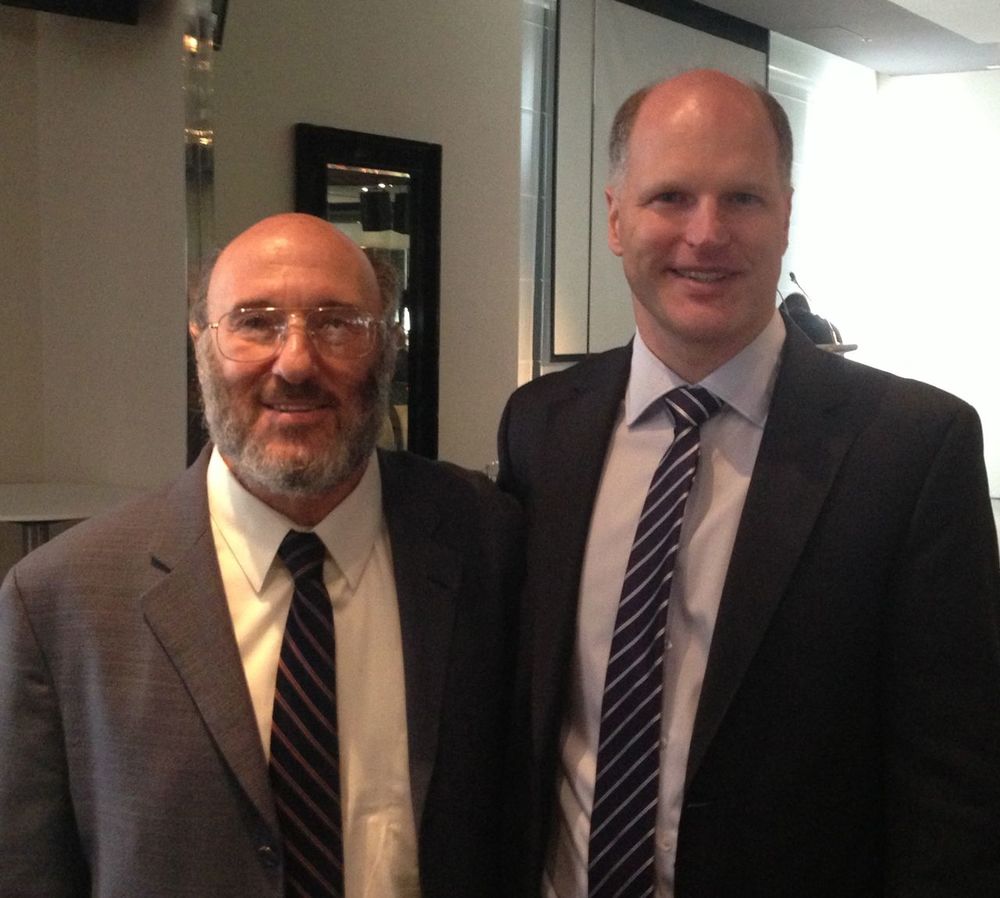The first of several concurrent research and writing projects has just hatched: Are Bitcoins Ownable? Property Rights, IP Wrongs, and Legal-Theory Implications.
This is a study in the foundations and implications of action-based jurisprudence, forged through applying it to bitcoin. This brings together for the first time the two major fields on which I have been writing over the past five years.
The context includes relationships among crypto-anarchist thought (such as contract assurance through software code), conventional legal administration (bureaucratic classificationism and rule through law), and ideal legal practice (actual promotion of justice), as well as related philosophical issues such as the combined use of multiple knowledge fields and the ethics of legal practice. Among the book’s central themes is whether and how the same principles that both support property rights in measurable objects and locations and argue against IP claims in copiable ideas and abstractions may apply to the unique new case of bitcoin.
Here is the back-cover description:
Bitcoin has fresh implications for economics and law at many levels. This book addresses whether bitcoins ought to be considered ownable under an action-based approach to property theory, which—like bitcoin itself—transcends the boundaries of existing positive law jurisdictions. Beyond instinctive answers is a rich opportunity to examine the many technical facts and legal-theory issues involved. Bitcoin has a unique new place among types of economic goods, between the physically and spatially defined goods of property theory and the copiable, abstract ideas, patterns, and methods associated with IP rights. It does not fall so easily into existing categories.
The author brings together here for the first time his work in an approach to legal philosophy grounded directly in the analysis of human action, which he has termed action-based jurisprudence, with his several years of writing about bitcoin from a monetary theory perspective and contributing through articles, presentations, and video productions to raising general public understanding of how Bitcoin works on a technical level.
This content (22,000 words) is licensed under Creative Commons and has been made available in commercial paperback and Kindle versions on Amazon as well as other ebook store versions, and a free PDF of the paper version to facilitate quick and full access to the text, previewing, sharing, text searching (beats an index), quoting, and citation by page number.
Ways to support this work and encourage future work like it include spreading the word and sharing, writing reviews on Amazon and elsewhere, posting quotations, and buying a commercial edition.
Most of all, enjoy. Hopefully, no reader’s views on the topics addressed will remain entirely unaffected. Mine were not.
Paperback edition at Amazon ($6.99)
Ebook stores ($2.99): Kindle edition (free under Kindle MatchBook program for buyers of paper version), iBooks, Kobo, Nook, Oyster, Page Foundry, andScribd.
PDF of paperback edition (Free supplement to commercial editions or consider sending an optional bitcoin tip)
Watch the five-minute video introducing the book on my Amazon author page, which can also be followed for future releases.
The paperback version is available at least on US, UK, and EU area Amazon sites, but not sure about elsewhere. The Kindle version is available on most national Amazon sites worldwide.









